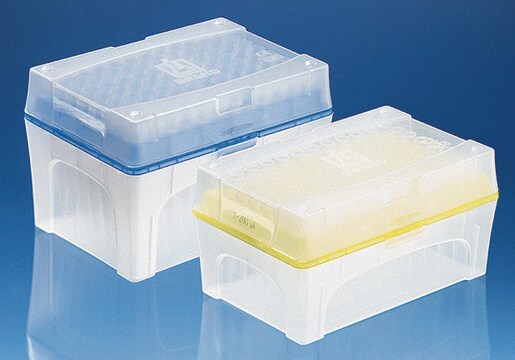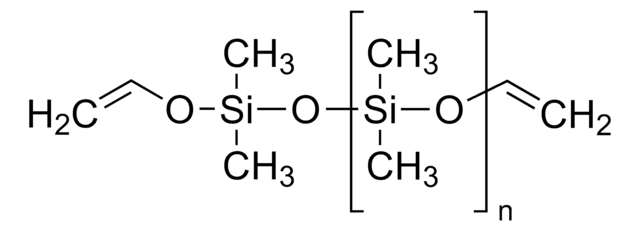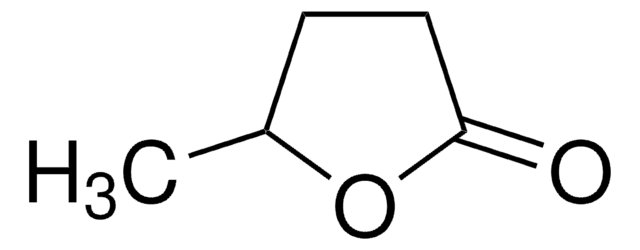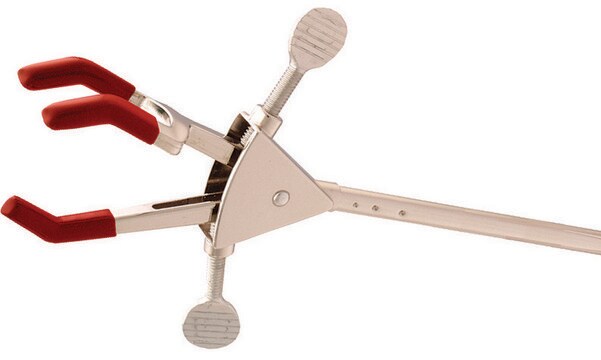NE1015
Anti-Glial Fibrillary Acidic Protein Cocktail Mouse mAb (SMI-22)
liquid, clone SMI-22, Calbiochem®
Synonym(e):
Anti-GFAP Cocktail
About This Item
Empfohlene Produkte
Biologische Quelle
mouse
Qualitätsniveau
Antikörperform
ascites fluid
Antikörper-Produkttyp
primary antibodies
Klon
SMI-22, monoclonal
Form
liquid
Enthält
≤0.1% sodium azide as preservative
Speziesreaktivität
human, bovine, mouse, guinea pig, porcine, sheep, canine, rat, chicken
Hersteller/Markenname
Calbiochem®
Lagerbedingungen
OK to freeze
avoid repeated freeze/thaw cycles
Isotyp
IgG2b
Versandbedingung
wet ice
Lagertemp.
−20°C
Posttranslationale Modifikation Target
unmodified
Angaben zum Gen
human ... GFAP(2670)
Allgemeine Beschreibung
Immunogen
Anwendung



ELISA (1:1000)
Frozen Sections (1:1000, see comments)
Immunoblotting (1:1000)
Immunocytochemistry (1:1000, see comments)
Paraffin Sections (1:1000, trypsin or heat pre-treatment required)
Warnhinweis
Physikalische Form
Rekonstituierung
Hinweis zur Analyse
Astrocytes or cytoskeletal preparations
Sonstige Hinweise
McLendon R.E., et al. 1986. J. Neuropathol. Exp. Neurol.45, 692.
Pegram, C.N., et al. 1985. Neurochem. Pathol.3, 119.
Rechtliche Hinweise
Sie haben nicht das passende Produkt gefunden?
Probieren Sie unser Produkt-Auswahlhilfe. aus.
Lagerklassenschlüssel
10 - Combustible liquids
WGK
WGK 1
Analysenzertifikate (COA)
Suchen Sie nach Analysenzertifikate (COA), indem Sie die Lot-/Chargennummer des Produkts eingeben. Lot- und Chargennummern sind auf dem Produktetikett hinter den Wörtern ‘Lot’ oder ‘Batch’ (Lot oder Charge) zu finden.
Besitzen Sie dieses Produkt bereits?
In der Dokumentenbibliothek finden Sie die Dokumentation zu den Produkten, die Sie kürzlich erworben haben.
Unser Team von Wissenschaftlern verfügt über Erfahrung in allen Forschungsbereichen einschließlich Life Science, Materialwissenschaften, chemischer Synthese, Chromatographie, Analytik und vielen mehr..
Setzen Sie sich mit dem technischen Dienst in Verbindung.




